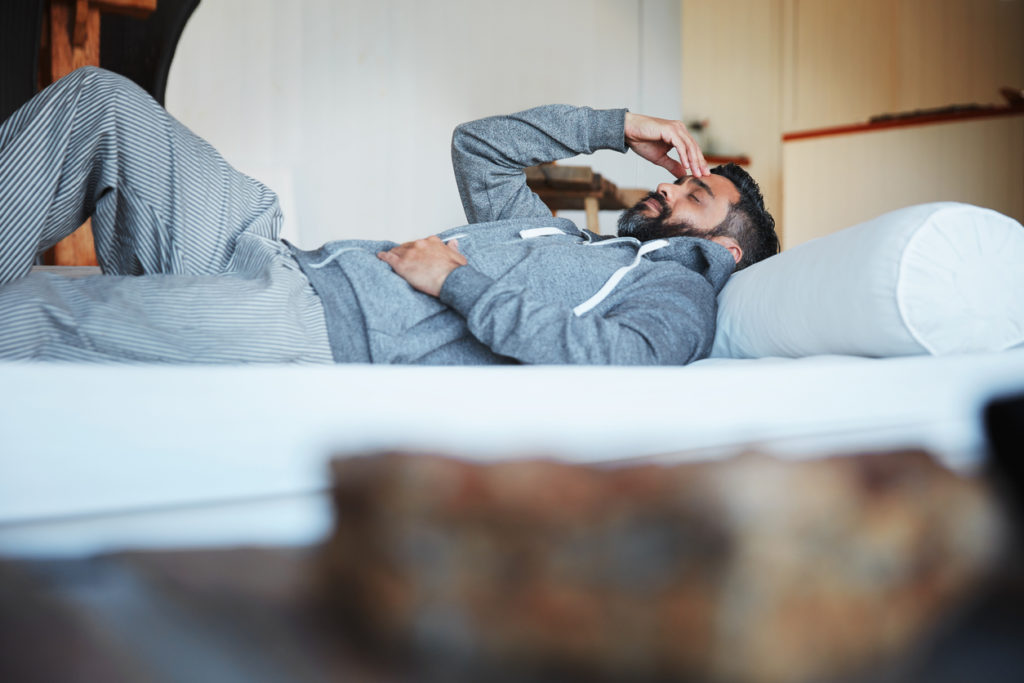
Articles
SleepScore at the ATN Innovation Summit 2025: Why Sleep Drives Everything
Reimagining The World of Sleep SleepScore Labs was proud to take part in the ATN Innovation Summit 2025, an elite gathering…
Introducing SleepScore
We deliver accurate data, actionable insights, personalized coaching and proven outcomes your customers need.
Sleep Insights
Last Published on 3rd June 2019 by SleepScore Labs

The term ‘sleep disorder’ can sound a little scary – but is there really anything to be afraid of? Experts say yes – sleep disorders, ranging from insomnia to sleep apnea to restless leg syndrome, can negatively impact our sleep and even our life during waking hours. Sleep apnea, a sleep disorder affecting millions in the US alone, can have serious health consequences. Knowing the signs of sleep apnea is the first step in learning if you or a loved one may need to seek professional medical treatment.
When you have sleep apnea, air stops flowing to your lungs for 10 seconds or longer – that is, you actually stop breathing.
According to the American Academy of Sleep, about 80 to 90 percent of adults with OSA (obstructive sleep apnea) remain undiagnosed.
Sensing you have stopped breathing, a control center in your brain triggers you to wake up just enough to take a breath. Then you fall back to sleep and the cycle begins again. In some people, this can happen over 30 times every hour even though you may not remember waking up.
As you can imagine, constantly being triggered back into breathing, hour after hour, night after night, can put a strain on your body. You may feel very tired day after day yet not realize that you’ve been waking up so many times at night as a result of having sleep apnea.
The first and most common sign of sleep apnea is usually observed by your partner: snoring. In addition to snoring, they might also tell you that you make gasping or choking sounds while you’re asleep.
You might notice some other symptoms too such as:
Remember, these symptoms may not always relate to sleep apnea, so please discuss any concerns you may have with your doctor to ensure that an accurate diagnosis is made.
The first step in recognizing sleep apnea is to get a better understanding of what’s happening while you’re sleeping. The free SleepScore App tracks and measures your sleep to give you an accurate depiction of what’s happening while you’re snoozing. Using just your smartphone’s capabilities, SleepScore’s patented sonar technology will break down the time you spend in light, deep, and REM sleep, along with the number of awakenings you have each night.
If SleepScore notices atypical patterns that could suggest sleep apnea, you’ll receive a clinically validated screener to determine your risk level. From there, get connected with medical professionals to determine the best next steps for your particular needs.
If you feel you need to see someone sooner rather than later, we always recommend connecting with your primary health care provider as soon as possible.
If you’re suffering from sleep apnea, the good news is help is available! Start feeling like yourself again and unlock your true potential through better sleep.
References